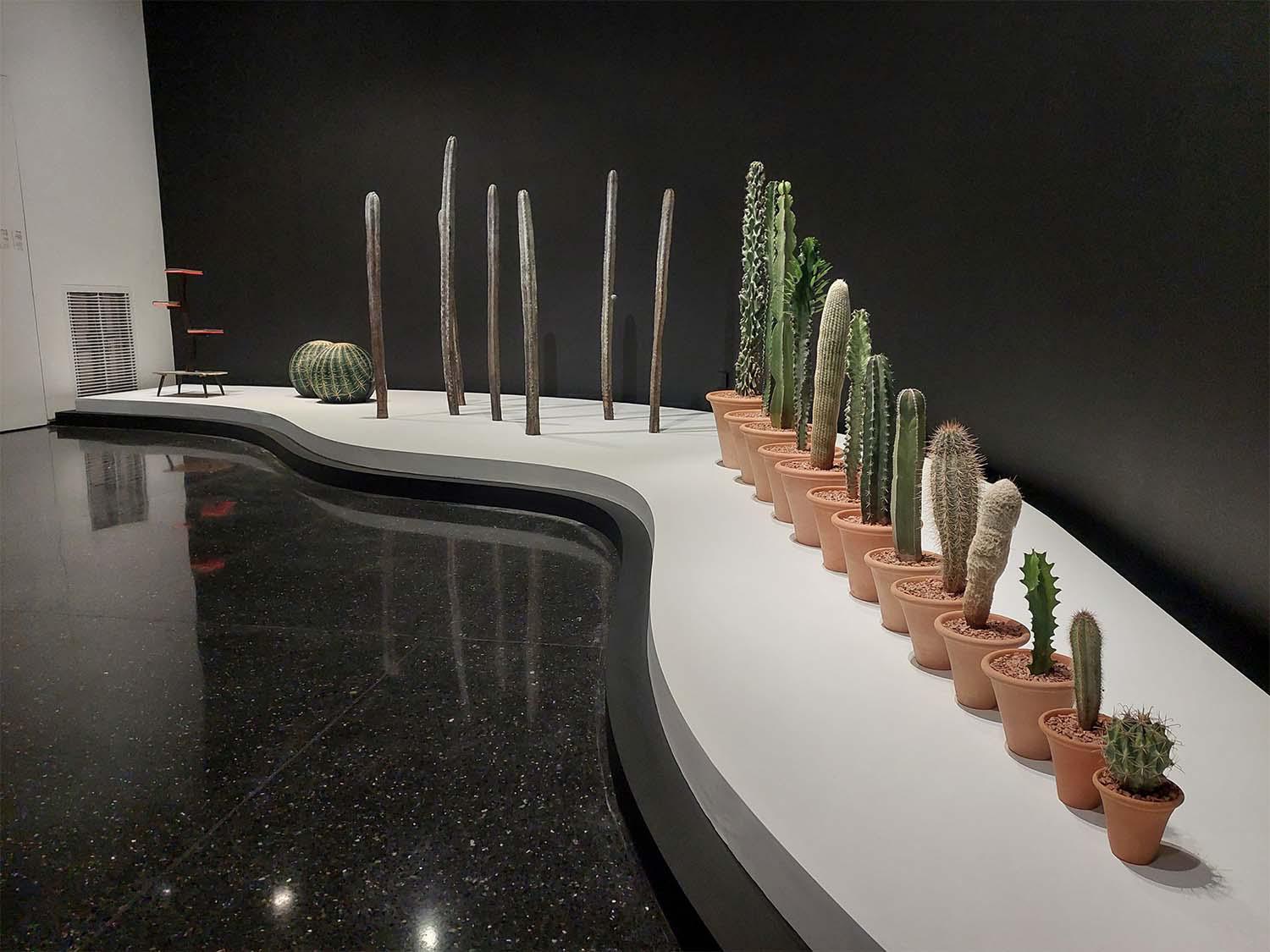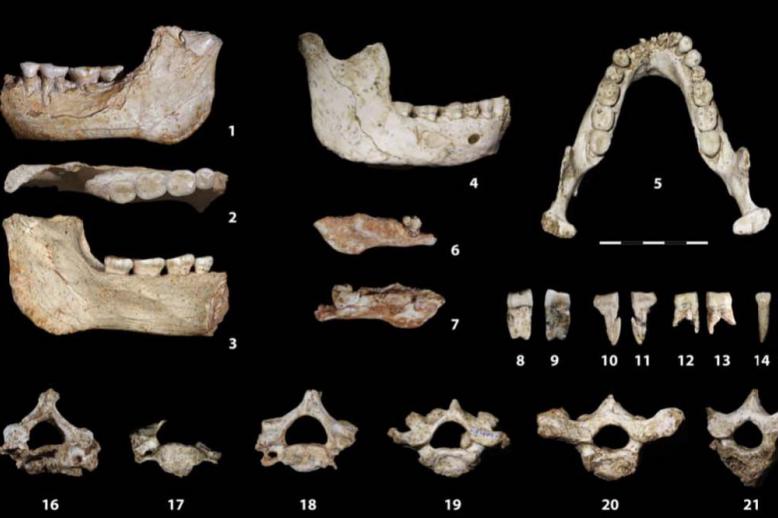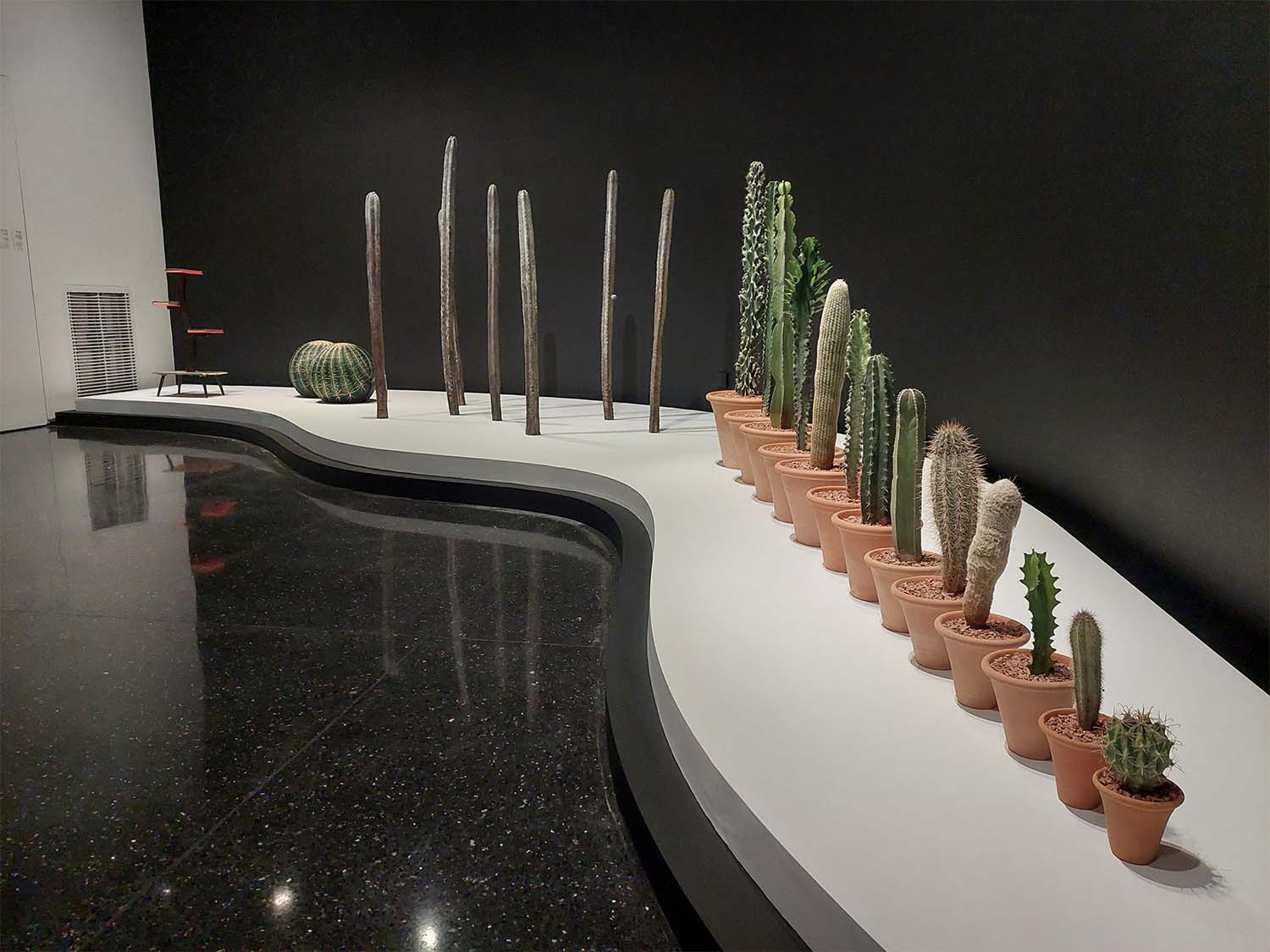
mYSLm exhibition showcases cacti’s diversity and threats
MARRAKECH - The Marrakech Yves Saint Laurent Museum (mYSLm) in the Moroccan ochre city is holding from March 2 to July 7 an exhibition themed “Cactus”, a plant that is a symbol of patience and resilience against climate change and dry climates.
"This exhibition is 5 years old and is completely linked to the “Jardin de Majorelle” (Majorelle Garden) where there are several types of cactus,” said co-curator Laurent Le Bon, President of the Pompidou Center in Paris and co-curator of the exhibition.
The spirit of the exhibition has been the concentration of all energies to make visitors dream in a contemporary cabinet of curiosity.
“We question today’s numerous debates throughout one subject “the cactus”: the link between art and science, nature and culture… the exhibition showcases how the living cactus outside in the garden comes into the universe of the museum, transformed by the artists’ look,” said Le Bon.
In the 20th century, artist Marcel Duchamp noticed that there was nothing to change about the cactus which was so beautiful that it could be collected.
A photo of Robert Doisneau at the National Museum of Natural History in Paris, which is displayed at the exhibition, illustrates the artist cleaning the cactus with a brush … which brought about the idea of collecting the cactus, flattening it and starting to collect as an artwork.
Co-curator Marc Jeanson, botanist at the National Museum of Natural History in Paris, said the cactus exhibition is universal and that the mYSLm has had the opportunity to borrow some herbaria from the National Museum of Natural History in Paris.
A botanic department was created within the YSL Foundation to work with the herbarium of the Qadi ibn Iyad University in Marrakech in order to enrich it with new specimen.
“What you see here in the exhibition are some dried specimen with tags that show you the date and place of their collection,” said Jeanson.
“The reason behind the foundation’s collaboration with the University and develop its own small herbarium is due to climate change that has had a serious impact on nature. So, this is an exceptional tool we have that allows us to know and document cacti’s time and place throughout centuries in the flora,” he added.
A global look at the ecology of the botanical family of cacti, the Cactaceae – which brings together nearly 1,700 species – reveals an extraordinary diversity of habitats occupied by these plants.
Jeanson highlighted the curse that has gripped the cactus across Morocco after the cochineal insect infested most of the cacti.
A skeleton of a dead cactus is exposed at the entrance of the exhibition, bearing witness of the insect’s devastation that has caused serious economic loss to farmers.
One of the Foundation’s strengths is the possession of natural and cultural heritage displayed at the mYSLm and the Jardin de Majorelle.
A black-and-white movie of soviet filmmaker Sergueï Eisenstein shows Mexican farmers looking for the sap of agaves, which is rich in nutrients and is fermented to make a drink called “pulque.”
“The movie demonstrates the universal aspect of the exhibition and the diversity of the cactus, especially from America,” said Le Bon.
A series of photos taken by two Moroccan contemporary artists, Kais Ayouch and Chahine Fellahi, in the north African Kingdom highlight the bad status of the cactus in the countryside.
The photos invite children to question their environment by posing with cactus skeletons, a devastating scene that highlights the plight of these resilient plants that succumbed to the thirst of the cochineals.
Some 13 various cacti, neatly lined up in ascendance, each in a terracotta plant pot, have been conceived by Jeanson based on an artwork of British artist Martin Creed.
The lined-up row is in contrast with the lightly disordered artwork of German sculptor and visual artist Katinka Bock who transforms cactus into a waxed bronze sculpture that looks so real with the naked eye.
Photographic portraits of French chemical engineer Leon Diguet are also projected on screens in the exhibition.
“These portraits are displayed in this format for the first time to the public after they were found at the central library of the National Museum of Natural History in Paris,” said Jeanson.
“Diguet was fascinated by the beauty if the cacti as a passionate and collector when he was sent to Mexico between the late 19th century the beginning of the 20th century,” he added.
A digital painting done on an iPad by British artist David Hockney, one of the world’s renowned artist of the 20th century, is on display on a large colourful screen.

In 2010, Hockney exhibited at the Yves Saint Laurent Museum in Paris over two hundred recent works created on the iPhone and the iPad, which were presented in their original format in order to preserve their luminous, colourful images.
“The digital painting displayed here is a film showcasing Hockney’s work that is being created from the beginning to the end, an amazing piece that shows the importance of the cactus in the British artist’s artwork,” said Jeanson.
Le Bon said the unique artwork showed Hockney’s genius to show us the cactus they way it has never been seen before.
Through a vast range of artworks, this exhibition aims to show the extraordinary diversity of cacti and succulent plants, as well as their rich iconographic, ornamental and ethnological history. One will discover – in dialogue with one another – ancient artefacts, works by contemporary artists, and objects of natural history.







